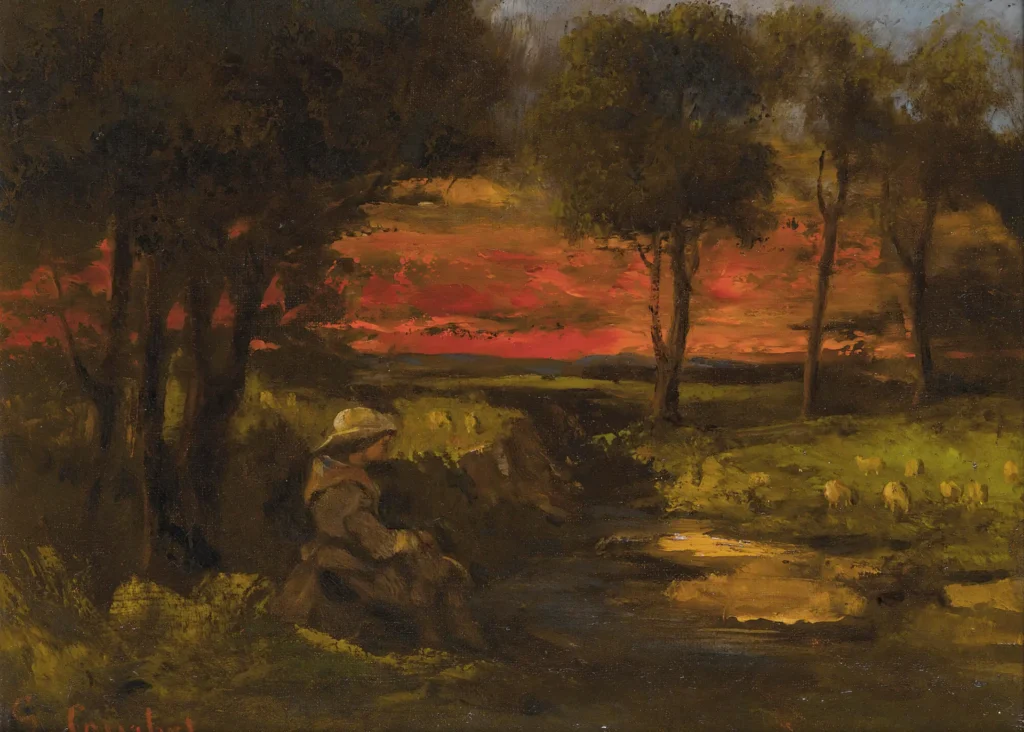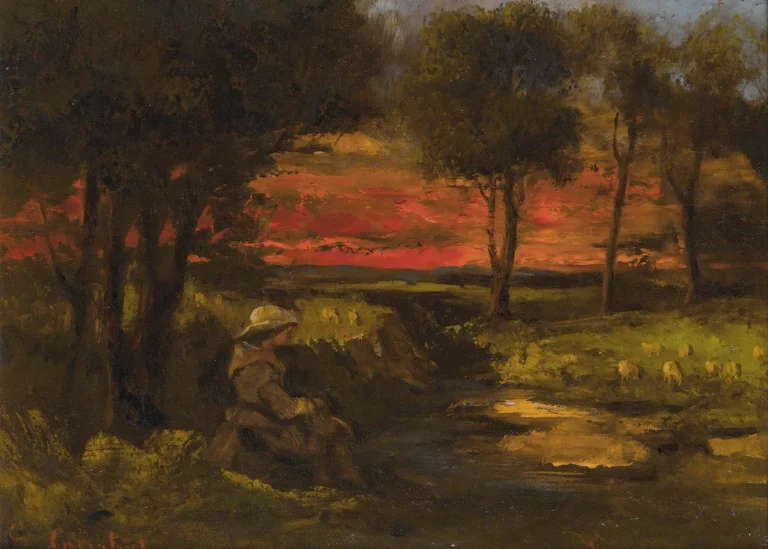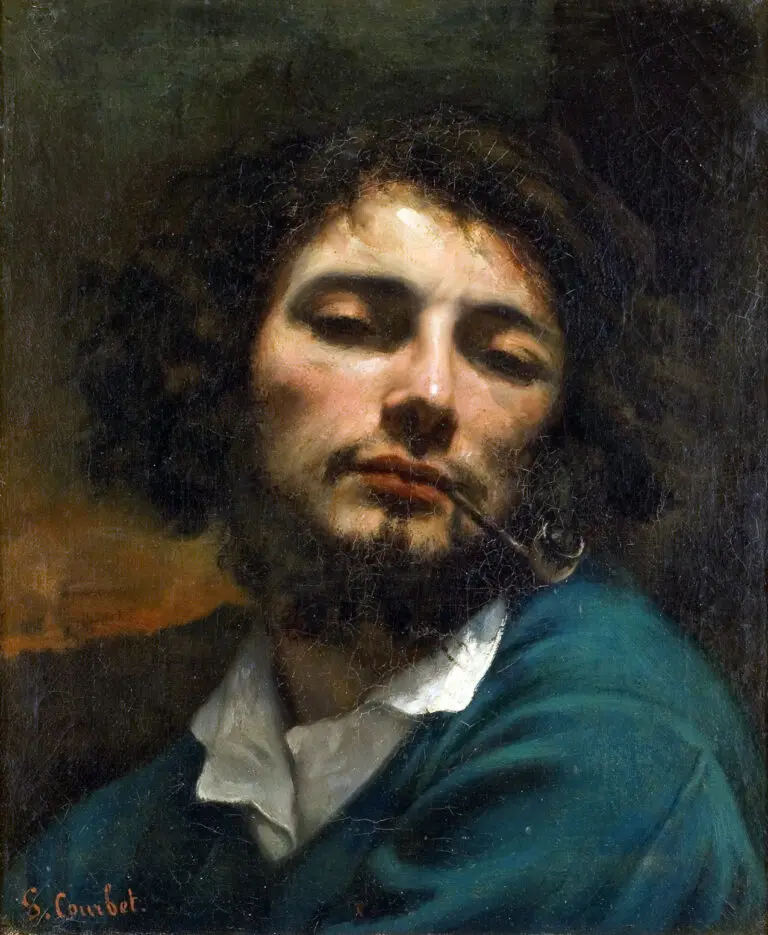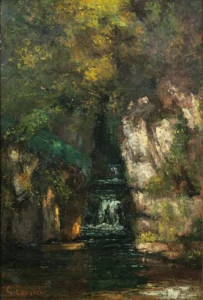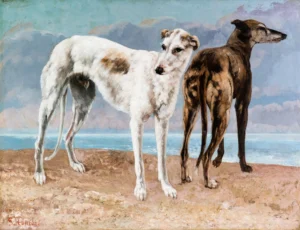Breton spinner
Painted in 1843, Gustave Courbet's Breton spinner beautifully captures a young Breton woman engaged in the traditional craft of spinning wool. This artwork exemplifies Courbet's commitment to realism and his focus on the everyday lives of common people. The meticulous attention to color and texture enhances the sensory experience, drawing the viewer into a scene filled with deep meaning and cultural significance.
Year 1843
About the Artwork
Did You Know
Liked what you see? Add it to your collection.
Enjoyed reading? Share it.
... continued
Subject and Setting
The painting depicts a young woman, presumably from the Breton region of France, engaged in the traditional activity of spinning wool. This subject reflects Courbet's focus on everyday life and the working class, which was a central theme in his Realist movement.
Style and Influence
Courbet was known for his commitment to realism, painting only what he could observe. This approach is evident in the Breton spinner. where the artist captures the mundane yet meaningful aspects of rural life. The painting is characterized by its detailed and realistic portrayal of the subject and her surroundings.
Historical Context
The Breton spinner is part of Courbet's early work, which marked his transition towards a more realistic and socially conscious style. This period saw Courbet exploring themes that highlighted the lives and activities of ordinary people, particularly those from rural and working-class backgrounds.
Artistic Technique
Courbet's use of color and texture in the Breton spinner is notable, as it reflects his ability to capture the sensory details of everyday life. The painting likely features the kind of sensual energy and attention to detail that were hallmarks of Courbet's style, similar to his other works like 'The Sleeping Spinner.'




